Cava, Prosecco, Champagne—a Definitive Guide to Sparkling Drinks
Wait, what's the difference again?
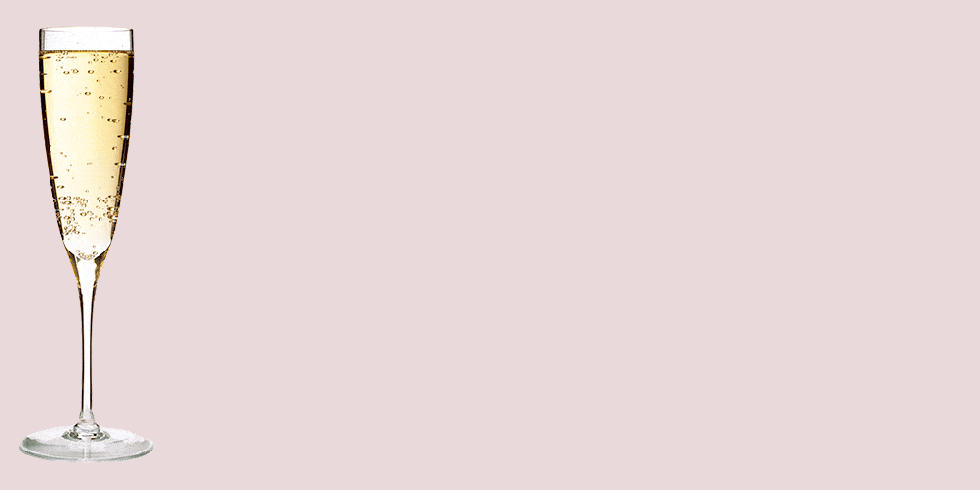

Sparkling wines are *everywhere*—and we mean that in two ways. 1) It seems like they're being offered and served now more than ever and 2) More countries are starting to producing and export their own delicious variations.
While Champagne may be the most commonly known sparkling wine, it's often *not* champagne that you're drinking—because while every Champagne is sparkling wine, not every sparkling wine is Champagne (#alcoholmath).
Here, your official guide to the bubbly stuff.

The one that set the gold standard, Champagne is the most popular and most requested sparkling wine by far. Produced in the Champagne region of France (hence the name), these wines are produced with three types of grapes: Pinot Noir, Chardonnay, and Pinot Meaner. (Note that some sparkling wines made in England and the U.S. use a lowercase "c" to denote a sparkling wine that is like Champagne, but not from France.)
Try: Moet & Chandon Grand Vintage, $73 orDom Perignon, $160

This is a hugely popular sparkling wine that is loved by U.S.-drinkers, mostly for its price. (At least, when compared to Champagne.) It's a dry, white Italian wine that's been fermented, but unlike Champagne it does *not* get better with age, since it's made with Prosecco grapes. Basically, this is your PSA to drink all that prosecco in your fridge this weekend.
Try: Ruffino Prosecco, $12 or Martini Prosecco, $17
Stay In The Know
Get exclusive access to fashion and beauty trends, hot-off-the-press celebrity news, and more.

Spain's answer to sparkling wine wasn't originally a hit over here in the States, but is experiencing a resurgence thanks to awesome exports that definitely deserve a pour (or five). Cava is generally made from Xarello, Macabeo, and Parellada, and many are aged longer than Champagne.
Try: Campo Viejo, $12.99

Cremant means "creamy" in French, and is sparkling wine made in France but *not* in the Champagne region—meaning different grapes. It's made the same way as Champagne, though. So, you know—everything's sparkling.
Try: Lucien Albrecht Cremant d'Alsace Brut Rose, $20

Lambrusco has become increasingly popular over the years—it's an Italian sparkling red wine. Yes, red. (Oooh.)
Try: Cleto Chiarli Lambrusco, $16

The Portuguese version of a sparkling wine, espumante is made in the style of Champagne and is solely produced in a region just south of Vinho Verde. Don't be fooled by Espumosos—that is the cheapest and lowest level of sparkling wine, which is made by injecting the wine with carbon dioxide. (Not that we'd turn down a glass.)
Try: Caves Alianca Danubio Espumante, $6

The Italian sparkling wine is a bit sweeter than prosecco, as it's made from the Moscato grape in the province of Asti. Think: really grape-y flavors, and a low level of alcohol (usually 5-8%).
Try: Saracco Moscato d'Asti, $15

This German and Austrian version of sparkling wine uses Riesling, Pinot Gris, and Pinot Blanc grapes. Most Sekt is produced using the traditional Champagne method (known as the Charmat method), but some cheap options are injected with carbon dioxide. (These wines are and should be known as Schaumwein, meaning "foam wine.")
Try: Weingut Schwaab-Dietz Sekt Trocken Riesling, $25

Pretty much every country by now has their own version of a sparkling wine. South Africa's version is known as Methode Cap Classique, while Australia's is a version of Shiraz. Ask your local winery for more recommendations—then say cheers, salud, prost, or whatever you need to down the good stuff.

Samantha Leal is the Deputy Editor at Well+Good, where she spends most of her day thinking of new ideas across platforms, bringing on new writers, overseeing the day-to-day of the website, and working with the awesome team to produce the best stories and packages. Before W+G, she was the Senior Web Editor for Marie Claire and the Deputy Editor for Latina.com, with bylines all over the internet. Graduating from the Medill School of Journalism at Northwestern University with a minor in African history, she’s written everything from travel guides to political op-eds to wine explainers (currently enrolled in the WSET program) to celebrity profiles. Find her online pretty much everywhere @samanthajoleal.
-
 The 'You' Season 5 Cast Features People From Joe's Past, a New Love Interest, Madcap Twins, and More
The 'You' Season 5 Cast Features People From Joe's Past, a New Love Interest, Madcap Twins, and MoreHere's what to know about the star-studded final installment of the Netflix hit.
By Quinci LeGardye
-
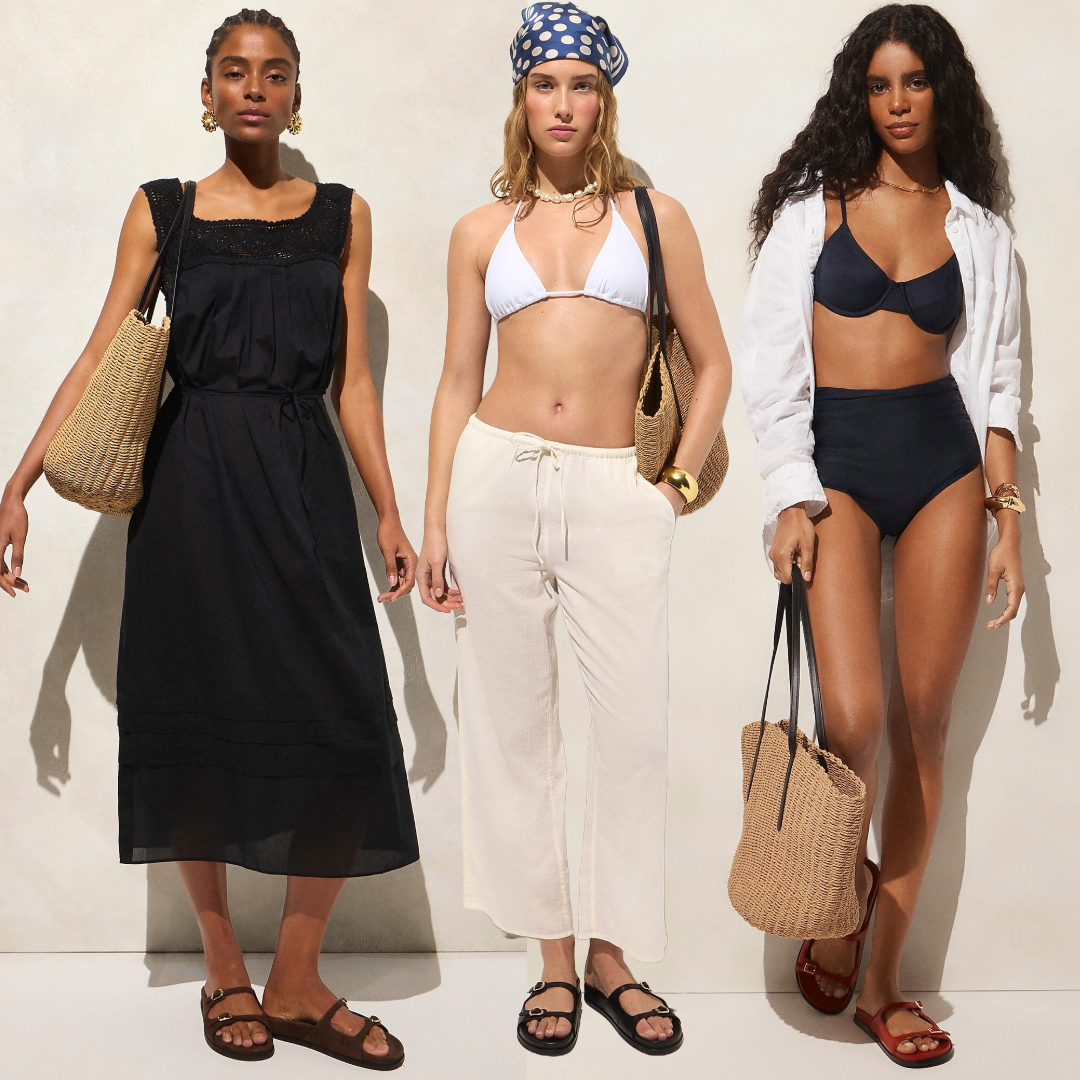 These J.Crew Sale Finds Basically Packed My Suitcase for Me
These J.Crew Sale Finds Basically Packed My Suitcase for MeI'm ready for my next vacation.
By Brooke Knappenberger
-
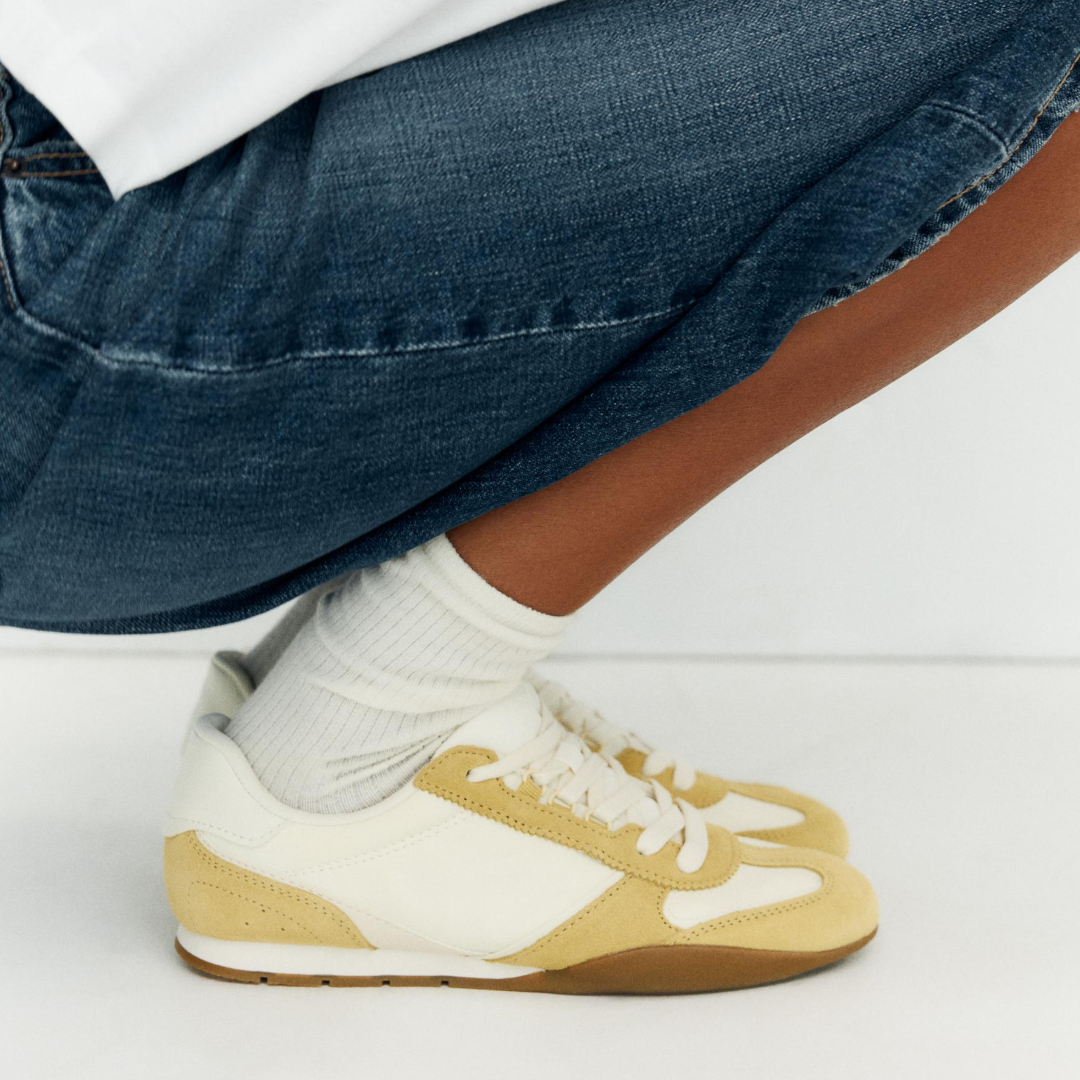 Summer's Sportiest Shoe Trend Is Worth Shopping More Than Once
Summer's Sportiest Shoe Trend Is Worth Shopping More Than Once17 pairs from Nordstrom, Mango, and Zara I'm shopping now.
By Julia Marzovilla
-
 Meet the Woman Blending the Traditional and the Modern in French Winemaking
Meet the Woman Blending the Traditional and the Modern in French WinemakingHow Florence Haynes combined the traditional and the contemporary for Gratien & Meyer Crémant de Loire.
By Sponsored
-
 The Royal Family Shared the Recipe for the Queen's Favorite Boozy Christmas Pudding
The Royal Family Shared the Recipe for the Queen's Favorite Boozy Christmas PuddingThe Royal Family Twitter account shared the royal chef's recipe for the Queen's favorite boozy Christmas pudding.
By Kayleigh Roberts
-
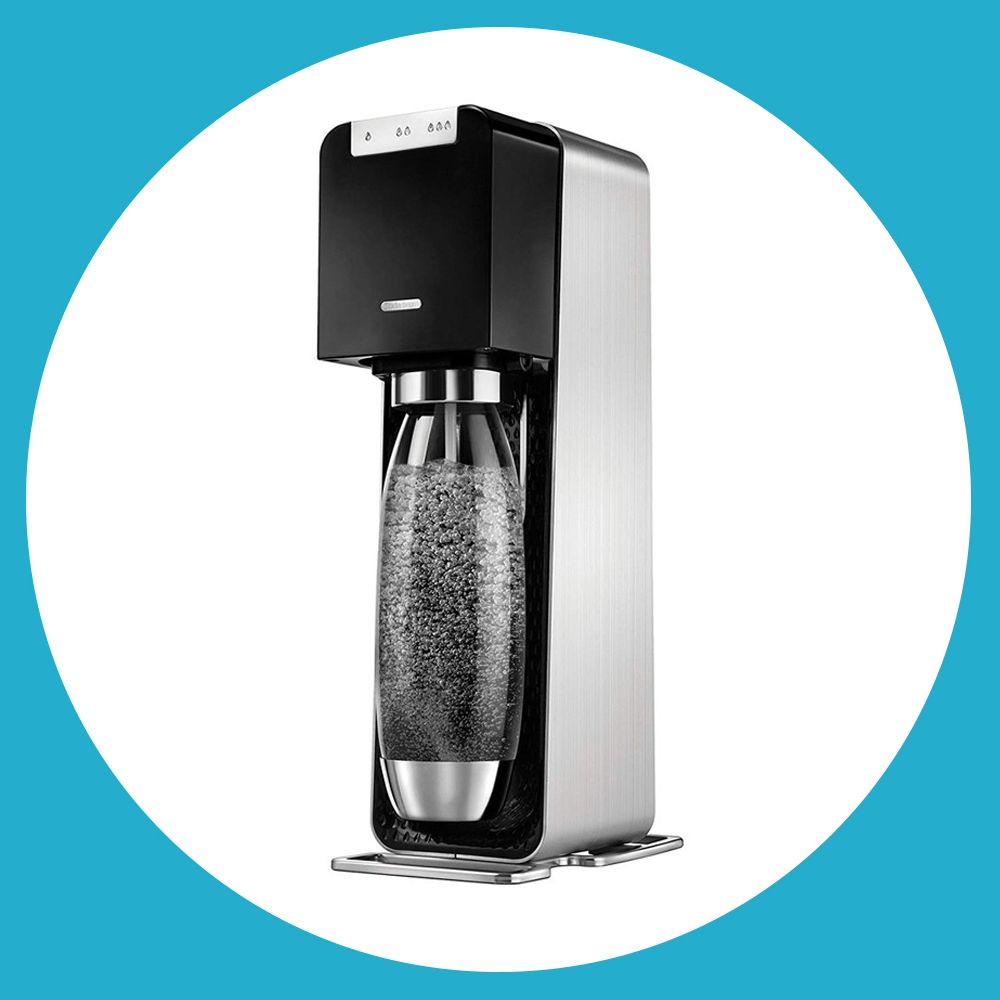 5 Best Soda Streams for Convenient Carbonation
5 Best Soda Streams for Convenient CarbonationBuying Guide Upgrade your sparkling water game with a Soda Stream carbonator that'll fizz up drinks in a flash.
By Zarah A. Kavarana
-
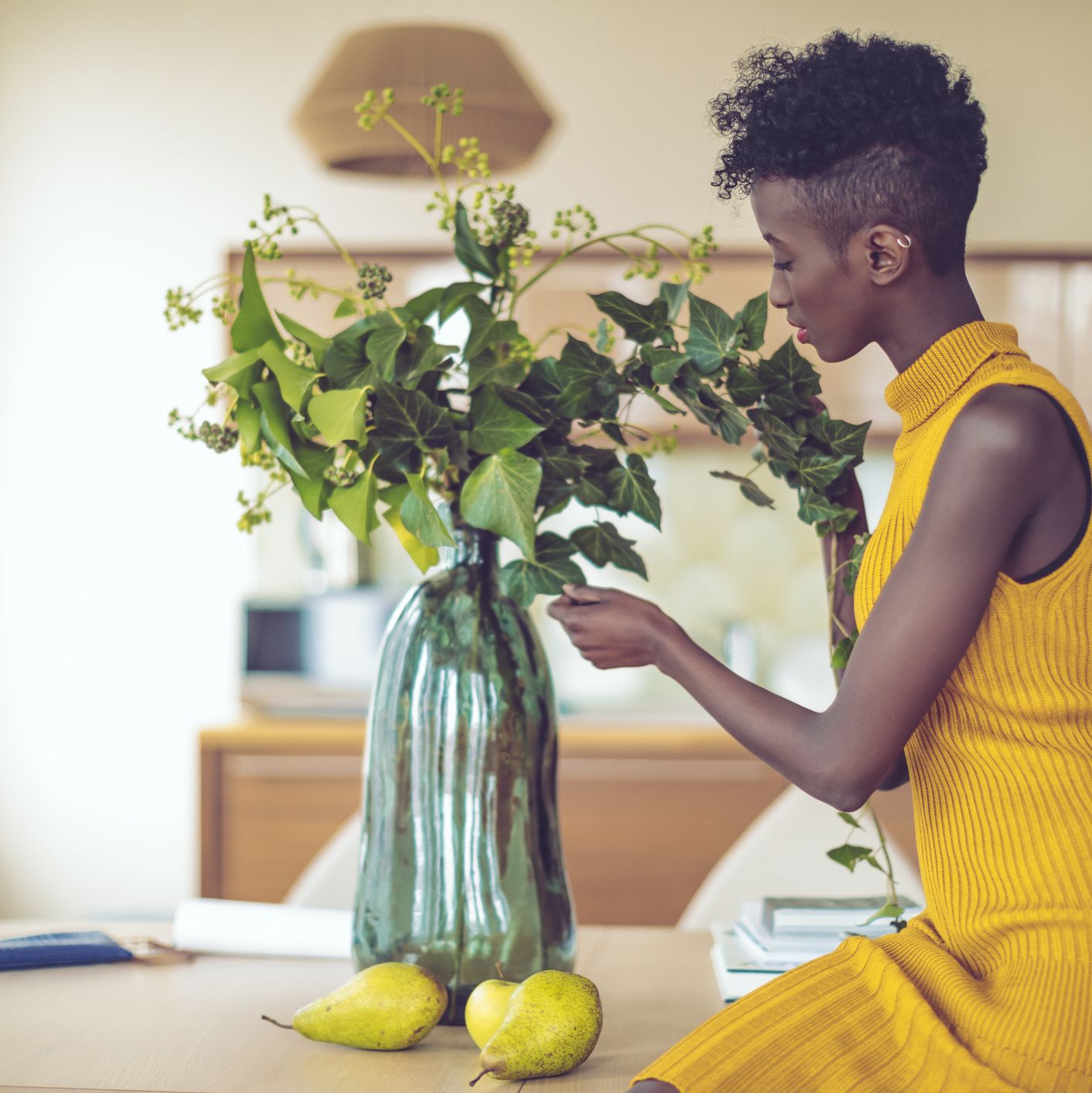 3 Pro Tips for Putting Together the Best Bouquets
3 Pro Tips for Putting Together the Best BouquetsHow To Essential advice for everyday enthusiasts and budding florists alike.
By Marie Claire
-
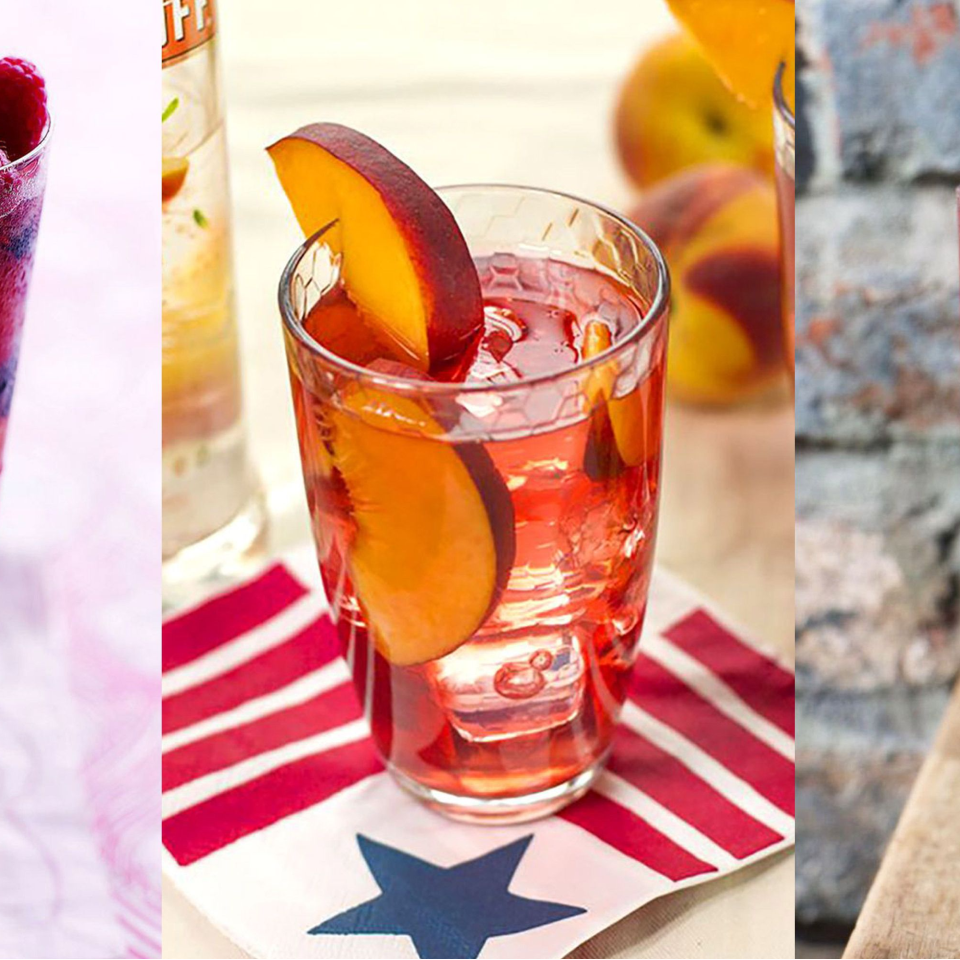 39 Super Easy Fourth of July Cocktails to Try
39 Super Easy Fourth of July Cocktails to TryForget the fireworks. The real show is what you can make with your bar cart.
By Bianca Rodriguez
-
 15 Percent Pledge Calls On Stores to Dedicate Shelf Space to Black-Owned Businesses
15 Percent Pledge Calls On Stores to Dedicate Shelf Space to Black-Owned Businesses"We must do better. So, we’re starting now."
By Kristin Salaky
-
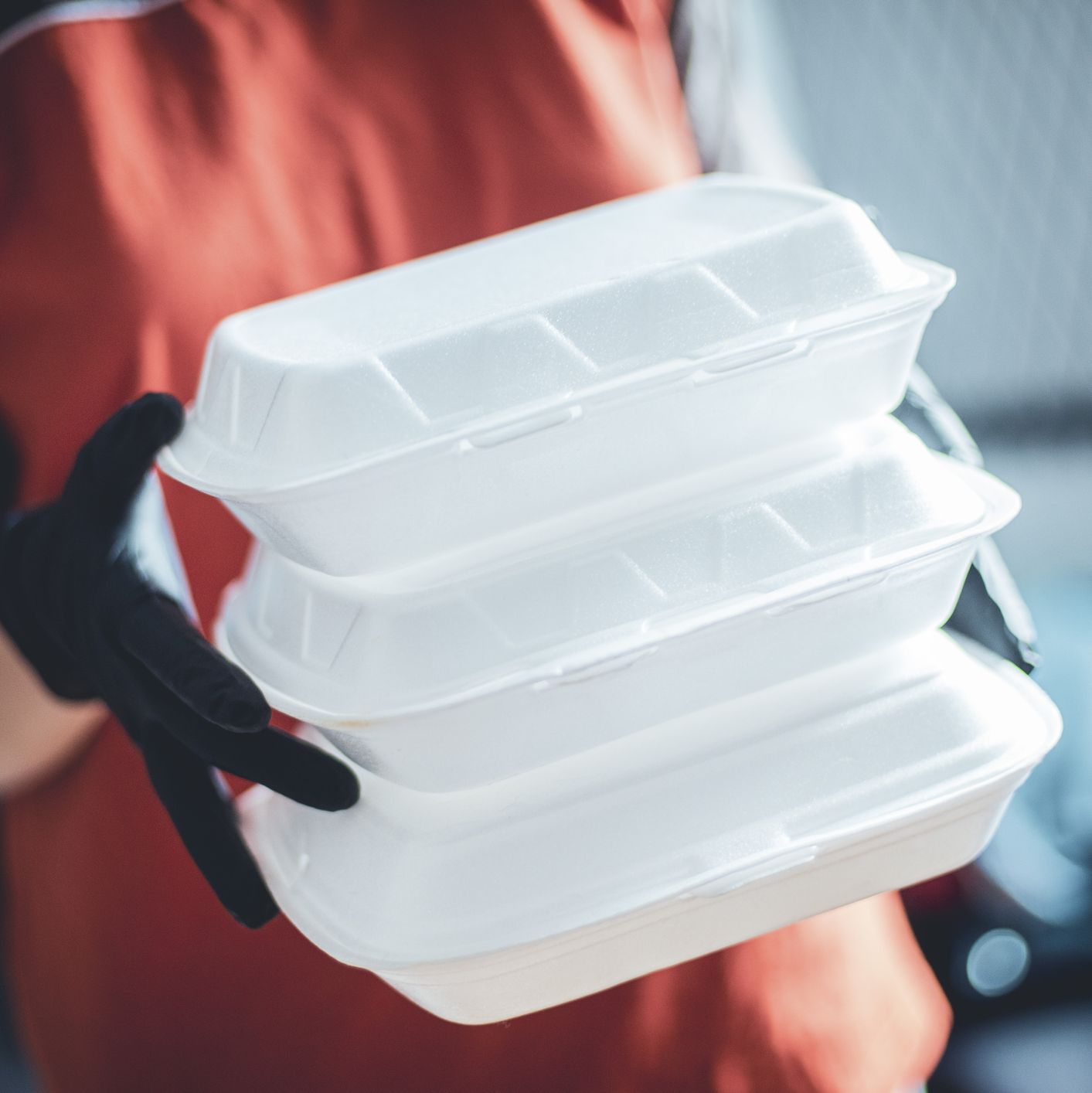 The Power of 10 Restaurant Relief Effort Joins With Capital One
The Power of 10 Restaurant Relief Effort Joins With Capital OneThe collaboration has served 20,000 meals to frontline workers so far.
By Bianca Rodriguez
-
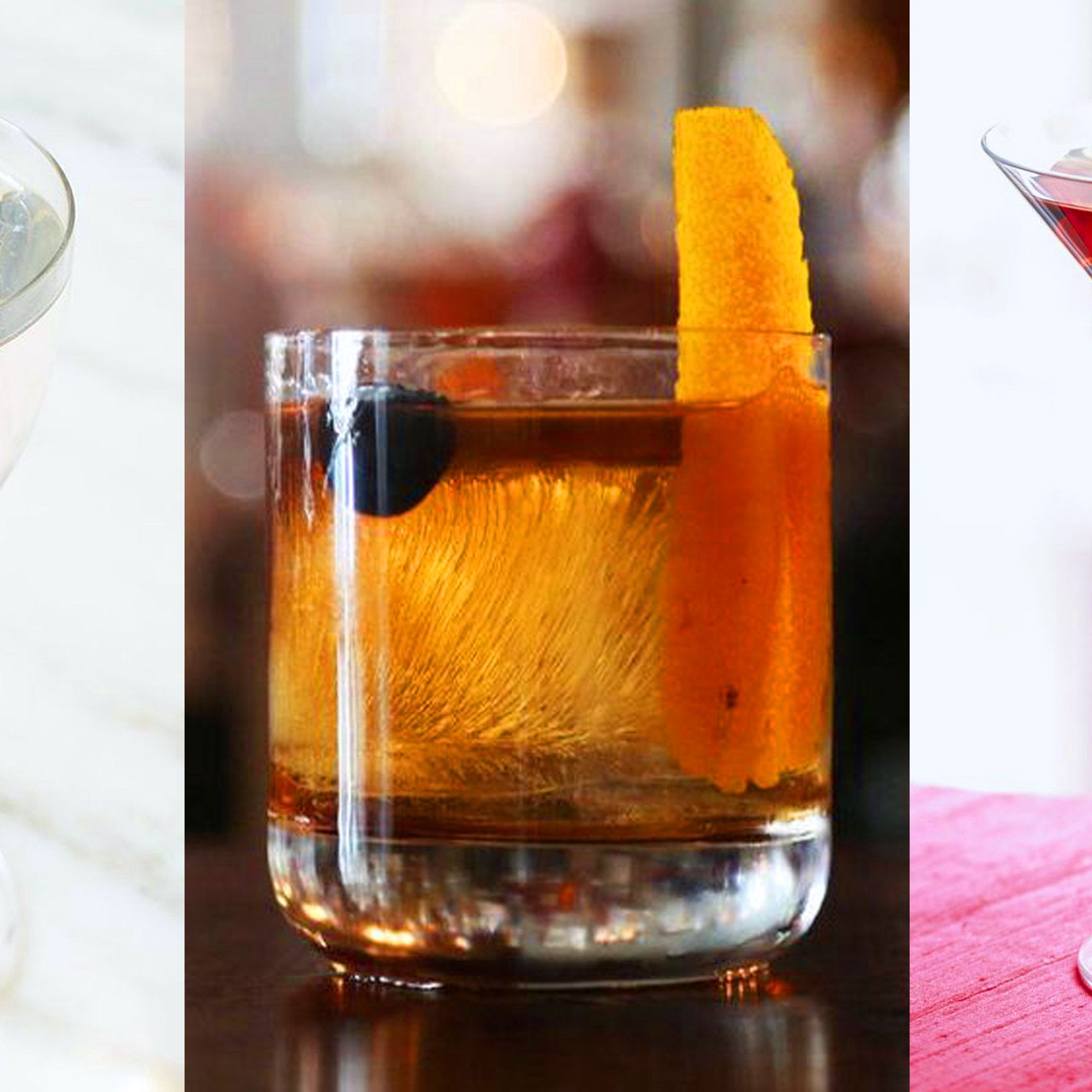 10 Vermouth Cocktail Recipes Anyone Can Make
10 Vermouth Cocktail Recipes Anyone Can MakeEasy, delicious, classy. Done and done.
By Taylore Glynn